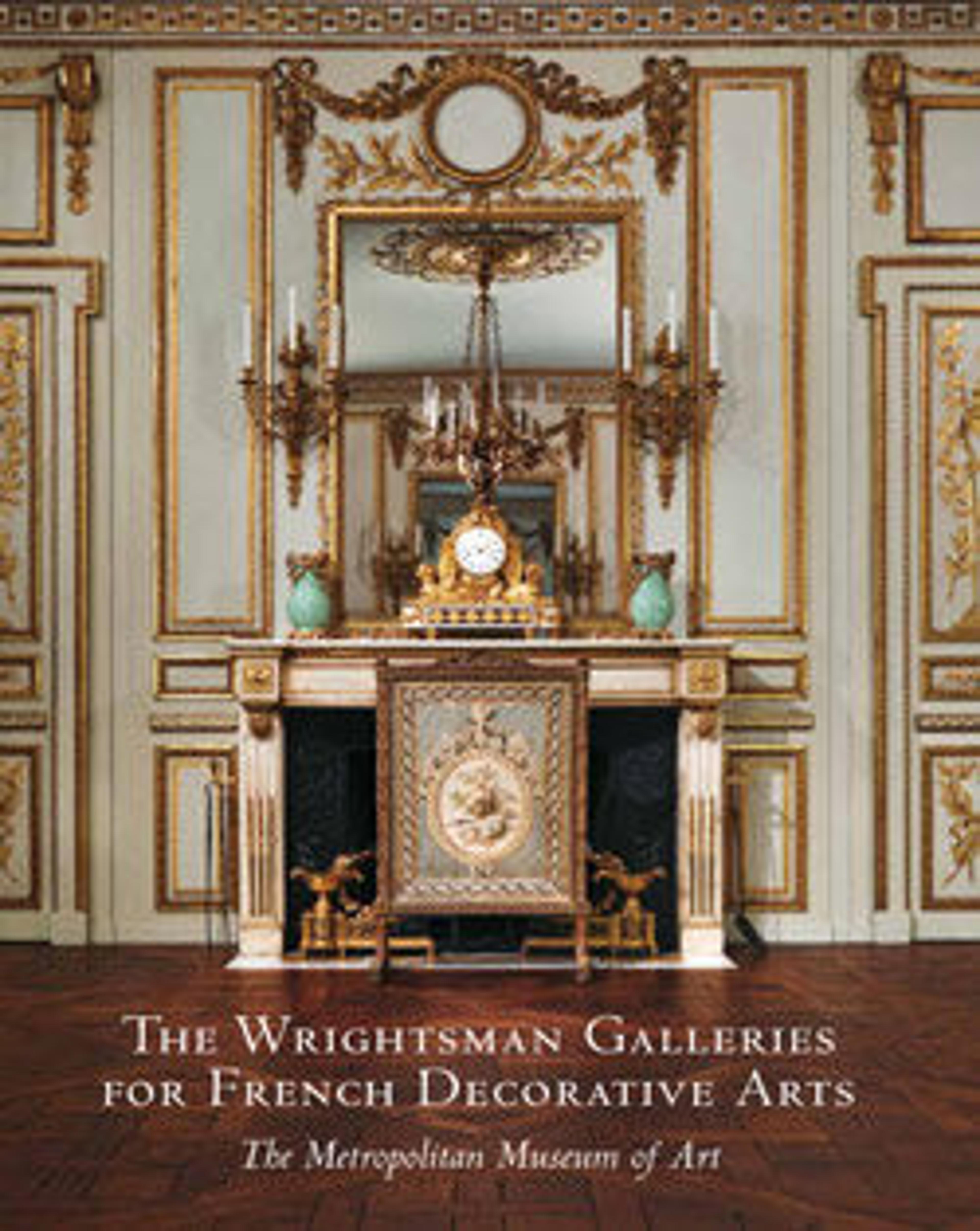Floral still-life relief
Carved of a single piece of soft lime wood, this high relief with its daring undercutting is an excellent example of the virtuoso work for which the French sculptor Aubert Parent was justly known. Reminiscent of Dutch seventeenth-century flower paintings, Parent’s still lifes then as now drew admiration for their realism, delicacy, and the remarkable liveliness of the birds and other small creatures that inhabit them. The inscription below — AUBERT PARENT. EQUES RO. INV. SCULP. ROMA AN. 1784 — indicates that this panel was created in Rome in 1784, the year that the artist, supported by a royal stipend, traveled to Italy.
The classical vocabulary that Parent mastered there is reflected in the shape and decoration of the urn filled with tulips, roses, lilacs, liliesof-the-valley, and other sweet-scented blooms. A grapevine harboring a linnet’s nest surrounds the base, and while one bird feeds the fledglings its mate brings additional food. The artist’s predilection for symbols of motherly love and domestic life is reflected in the nesting birds and in the low relief on the plinth of a woman with her offspring, one of them a suckling infant. These themes had been made fashionable by Jean-Jacques Rousseau’s philosophical treatise Émile, of 1762, which extols the benefits of nursing one’s own children. The body of the vase is appropriately adorned with the bearded mask of the celestial god Jupiter, also known as protector of family life.
The classical vocabulary that Parent mastered there is reflected in the shape and decoration of the urn filled with tulips, roses, lilacs, liliesof-the-valley, and other sweet-scented blooms. A grapevine harboring a linnet’s nest surrounds the base, and while one bird feeds the fledglings its mate brings additional food. The artist’s predilection for symbols of motherly love and domestic life is reflected in the nesting birds and in the low relief on the plinth of a woman with her offspring, one of them a suckling infant. These themes had been made fashionable by Jean-Jacques Rousseau’s philosophical treatise Émile, of 1762, which extols the benefits of nursing one’s own children. The body of the vase is appropriately adorned with the bearded mask of the celestial god Jupiter, also known as protector of family life.
Artwork Details
- Title: Floral still-life relief
- Maker: Aubert Henri Joseph Parent (French, Cambrai 1753–1835 Valenciennes)
- Date: 1784
- Culture: French
- Medium: Limewood
- Dimensions: Panel: 27 3/4 x 20 5/8 in. (70.5 x 52.4 cm); Frame: 37 1/2 x 30 1/2 x 3 in. (95.3 x 77.5 x 7.6 cm)
- Classification: Woodwork
- Credit Line: Gift of Mr. and Mrs. Charles Wrightsman, 1971
- Object Number: 1971.206.39
- Curatorial Department: European Sculpture and Decorative Arts
More Artwork
Research Resources
The Met provides unparalleled resources for research and welcomes an international community of students and scholars. The Met's Open Access API is where creators and researchers can connect to the The Met collection. Open Access data and public domain images are available for unrestricted commercial and noncommercial use without permission or fee.
To request images under copyright and other restrictions, please use this Image Request form.
Feedback
We continue to research and examine historical and cultural context for objects in The Met collection. If you have comments or questions about this object record, please complete and submit this form. The Museum looks forward to receiving your comments.
